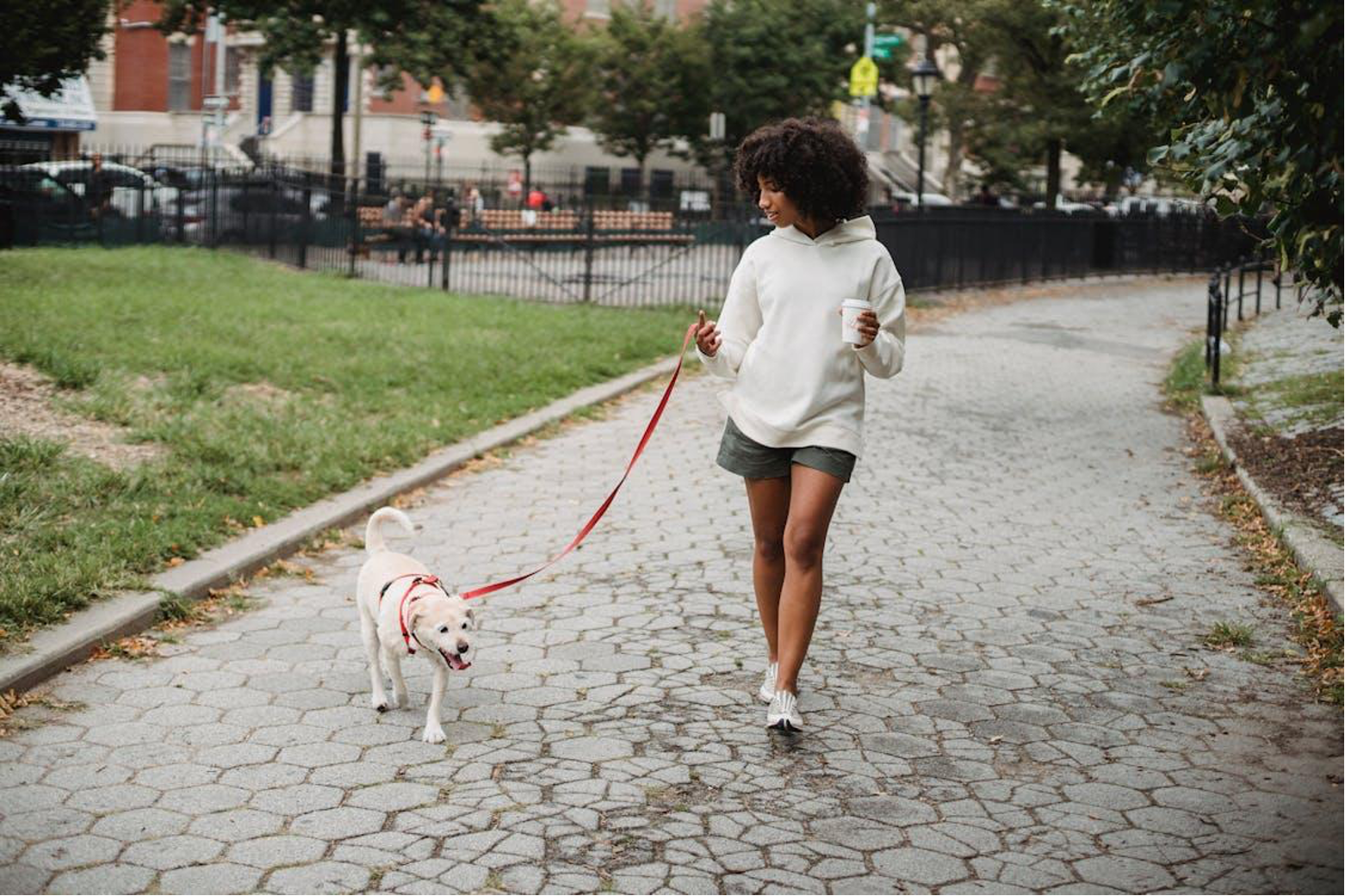
Urban life is fast-paced, but it doesn’t mean your pet has to miss out on comfort or joy. A well-designed environment, balanced care routines, and a focus on wellbeing can transform city living for them.
So, let’s explore some thoughtful choices that will make all the difference to your pet’s urban lifestyle.
Creating a Safe, Stimulating and Comfortable Home Environment
Designing an urban home for your pet begins with ensuring their safety. Block access to open balconies, secure dangling cords, and store toxic cleaning supplies or foods out of reach. Plus, small pets like hamsters or birds may need enclosures with secure latches to prevent escapes.
Also, consider getting pet insurance for peace of mind.
Once the safety is covered, think about mental stimulation for your pets. For instance, dogs will benefit from durable puzzle feeders that mimic scavenging behaviours, while cats enjoy scratching posts placed near windows.
Comfort is equally important. For relaxation, create quiet zones – like soft beds in low-traffic corners – for pets needing downtime.
Exploring Green Spaces: The Value of Outdoor Time for Pets
Access to outdoor areas is vital for the well-being of pets like cats and dogs, even in the concrete jungle.
Parks and green spaces allow pets to exercise, socialise, and experience the sensory stimulation they can’t get indoors.
Dogs thrive during daily walks or runs in these environments. For safety, keep them on a lead unless you’re in designated off-lead zones.
Cats might enjoy supervised outings with harnesses designed specifically for them if you don’t have a backyard.
Even smaller animals like rabbits and guinea pigs can benefit from secure enclosures placed outdoors. They can graze on grass while safely experiencing fresh air.
Navigating City Streets: Training Tips for Urban Pet Safety
City streets can be unpredictable, with heavy traffic, loud noises, and bustling crowds. Preparing your pet for these challenges is essential to keep them safe.
Teach dogs basic commands like “sit,” “stay,” and “leave it.” These skills help prevent accidents when crossing roads or encountering hazards such as dropped food or broken glass.
Cats taken outdoors on harnesses should be gradually acclimated in quieter areas before venturing further.
Always use secure equipment like a sturdy lead and a well-fitted collar or harness. Reflective gear is especially useful during evening walks to increase visibility.
For pets sensitive to noise, plan routes away from construction sites or busy intersections whenever possible – prioritising their comfort while keeping safety top of mind.
Managing Pet Anxiety in High-Stress Urban Settings
Busy city life can overwhelm pets with its constant noise, unfamiliar smells, and bustling crowds. To ease their anxiety, create a calming routine. Consistent feeding times, regular walks for dogs, or daily playtime for cats provide structure they can rely on.
Set up a quiet retreat within your home. Soft bedding and dim lighting in an isolated corner will help reduce stress during chaotic moments like thunderstorms or fireworks displays.
For dogs, consider giving them CBD oil, as it helps to promote relaxation. You can also use CBD for dog pain like joint stiffness. When purchasing CBD, consider premium products, as you can then be assured of quality.
Don’t overlook exercise and mental stimulation either. Active pets tend to have less pent-up nervous energy that manifests as destructive behaviour or restlessness in urban settings.
Addressing the Unique Needs of Exotic Pets
Exotic pets bring unique challenges, especially in urban settings. Their care often requires careful planning to meet species-specific needs.
For instance, reptiles, like geckos or snakes, depend on temperature-controlled environments. So, invest in reliable heating lamps and thermometers to maintain optimal conditions for their health.
Birds need large cages with perches at varying heights and enough space to spread their wings fully.
And small mammals like ferrets thrive with multi-level enclosures that encourage climbing and exploration.
Providing tailored care ensures these fascinating companions flourish in urban homes!





